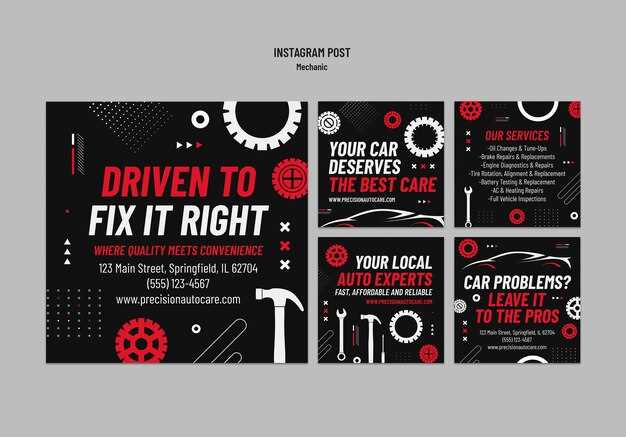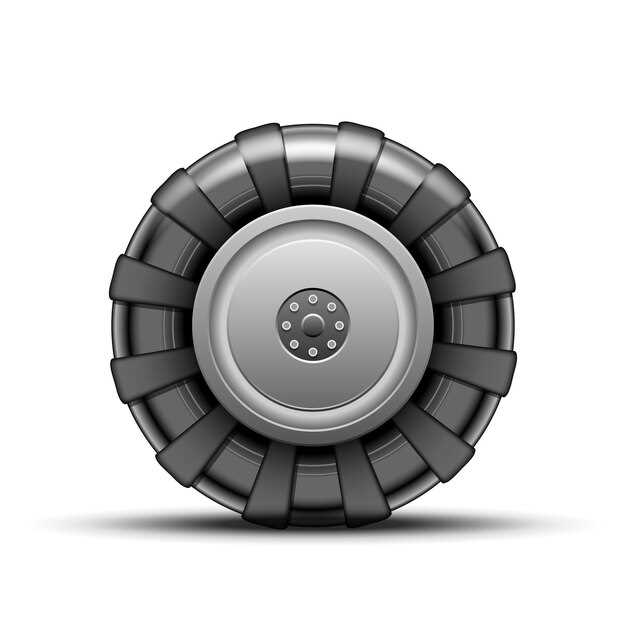
Embarking on off-road truck adventures is an exhilarating experience that requires not only a capable vehicle but also the right equipment. Whether you are traversing rocky terrains, muddy trails, or sandy dunes, having the essential gear can mean the difference between an enjoyable journey and a frustrating ordeal. Understanding what to pack and which tools to bring can enhance your adventure while ensuring safety and preparedness.
Off-road environments are unpredictable, making it crucial to equip your truck with specific gear designed to tackle diverse challenges. Among the various items, recovery gear stands out as a top priority. Items such as tow straps, shovels, and winches are indispensable in case your vehicle gets stuck or encounters obstacles that require extra assistance to overcome.
In addition to recovery tools, navigation devices and safety equipment play a pivotal role in ensuring a successful expedition. GPS units, maps, and survival kits should always accompany you to navigate remote areas and deal with any emergencies that may arise. Investing in high-quality gear tailored for off-road conditions will not only enhance your driving experience but also provide peace of mind in the great outdoors.
Choosing the Right Tires for Various Terrains
Selecting the appropriate tires is crucial for maximizing performance and safety during off-road truck adventures. Different terrains require specific tread patterns, rubber compounds, and sizes to ensure optimal traction and durability.
Here’s a breakdown of the most common terrains and the tires best suited for each:
-
Mud
- Look for tires with deep, aggressive tread patterns.
- Choose tires made from a softer rubber compound to enhance grip.
- Examples: Mud-terrain tires like the BFGoodrich Mud-Terrain T/A KM3 are specifically designed for muddy conditions.
-
Sand
- Opt for wide tires with a lower air pressure to increase surface area.
- Look for paddle-style or floatation tires, which help to avoid sinking.
- Examples: Tires like the Nitto Terra Grappler offer excellent performance in sandy environments.
-
Rocky Surfaces
- Choose tires with reinforced sidewalls to prevent cuts or punctures.
- Look for tires with a combination of a moderate tread depth and a versatile tread pattern.
- Examples: All-terrain tires such as the Goodyear Wrangler Duratrac provide excellent handling on rocky terrains.
-
Snow and Ice
- Select tires with a specialized winter tread design for better grip.
- Consider tires with metal studs to enhance traction on icy surfaces.
- Examples: Tires like the Nokian Hakkapeliitta LT are engineered for cold weather and icy conditions.
-
Dirt and Gravel
- Look for tires with a moderate tread pattern that allows for good self-cleaning.
- All-terrain tires can be an excellent choice due to their versatility.
- Examples: The Falken Wildpeak AT3W offers a balance of off-road capability and on-road comfort.
When considering tire selection, also take into account the following factors:
- Truck weight and load capacity.
- Driving style and frequency of off-road use.
- Local climate and weather conditions.
Investing in the right tires for your specific off-road conditions is essential for a successful adventure. Make informed decisions based on the environment you’ll be tackling to enhance your overall off-road experience.
Essential Recovery Equipment for Emergency Situations

When venturing off the beaten path, having the right recovery equipment can make all the difference in overcoming unexpected challenges. Essential recovery gear helps ensure that you can safely recover your vehicle from difficult situations, such as getting stuck in mud, sand, or snow. Below is a list of must-have recovery tools you should consider for your next off-road adventure.
1. Winch
A winch is a crucial piece of equipment for recovering a stuck vehicle. It can pull your truck out of challenging situations, such as steep inclines or deep mud. Hydraulic or electric winches are available, and their pulling capacity varies, so choose one that matches your vehicle’s weight and the terrains you’ll encounter.
2. Recovery Straps
Recovery straps are designed to withstand heavy loads and are often used for vehicle-to-vehicle recovery. Unlike tow straps, recovery straps have some stretch, allowing for a smoother pull. Always review the weight rating to ensure safety during recovery operations.
3. Shackles
Shackles are essential for connecting recovery straps and winch lines to recovery points on your truck. Opt for heavy-duty, rated shackles made from durable materials such as steel. These ensure safety and reliability during recovery efforts.
4. D-Ring Mounts
D-ring mounts provide secure attachment points for recovery gear on your vehicle. Make sure your truck is equipped with quality mounts that can handle the forces exerted during a recovery. Installation can vary by vehicle, so consult your manual if necessary.
5. Tire Traction Mats
When stuck in sand or mud, tire traction mats are invaluable. They provide a solid surface for your tires to grip when trying to drive out of a difficult spot. Portable and durable, these mats can be easily carried and deployed as needed.
6. High-Lift Jack
A High-Lift jack can be indispensable for lifting a vehicle to change a tire or provide clearance in tricky situations. It is versatile and can also be used for pulling or winching. Ensure you’re familiar with its operation, as proper use is crucial for safety.
7. Air Compressor
Adjusting tire pressure is essential for optimal traction in various terrains. An air compressor allows you to quickly deflate and reinflate your tires as needed, helping you adapt to different driving conditions.
8. First Aid Kit
No adventure is complete without a well-stocked first aid kit. In case of injuries during recovery, having basic medical supplies readily available can be critical. Include items such as bandages, antiseptics, and any personal medications.
Having the right recovery equipment is crucial in off-road situations. By equipping your truck with the essential tools outlined above, you will be better prepared to tackle emergencies and ensure a safe adventure.
Upgrading Suspension for Enhanced Off-Road Performance

Upgrading the suspension system is crucial for improving off-road performance. A high-quality suspension enhances vehicle stability, traction, and comfort over challenging terrains. The stock suspension may not handle extreme conditions effectively, leading to reduced control and potential damage to the vehicle.
One of the primary upgrades is replacing factory shocks and struts with heavy-duty options. Performance shocks are designed to absorb impacts better, providing smoother ride quality and maintaining tire contact with the ground. This is essential for navigating rocky, uneven surfaces where grip is vital.
Another valuable enhancement is installing a lift kit. Lifting a truck increases ground clearance, allowing it to tackle deeper ruts and obstacles without risk of undercarriage damage. Additionally, a higher stance improves approach and departure angles, crucial for off-road maneuvers.
Upgrading to a more advanced suspension system, such as coilovers or air suspension, can offer further benefits. Coilovers provide adjustable height settings and enhanced tuning options, allowing drivers to customize their setup based on specific off-road conditions. Air suspension provides the advantage of on-the-fly adjustments, giving users the ability to alter ride height based on terrain challenges dynamically.
Stabilizer bars and control arms also play a pivotal role in suspension upgrades. Upgraded sway bars reduce body roll during sharp turns or on uneven ground, enhancing vehicle stability. High-performance control arms allow for improved wheel alignment and positioning, which contributes to better handling and off-road capability.
Lastly, it’s essential to consider the compatibility of the suspension components with other modifications. Ensuring that the suspension works harmoniously with tires, wheels, and drivetrain is vital for optimal performance. Properly selected and installed suspension upgrades will transform the off-road experience, offering improved safety and capability on any adventure.



